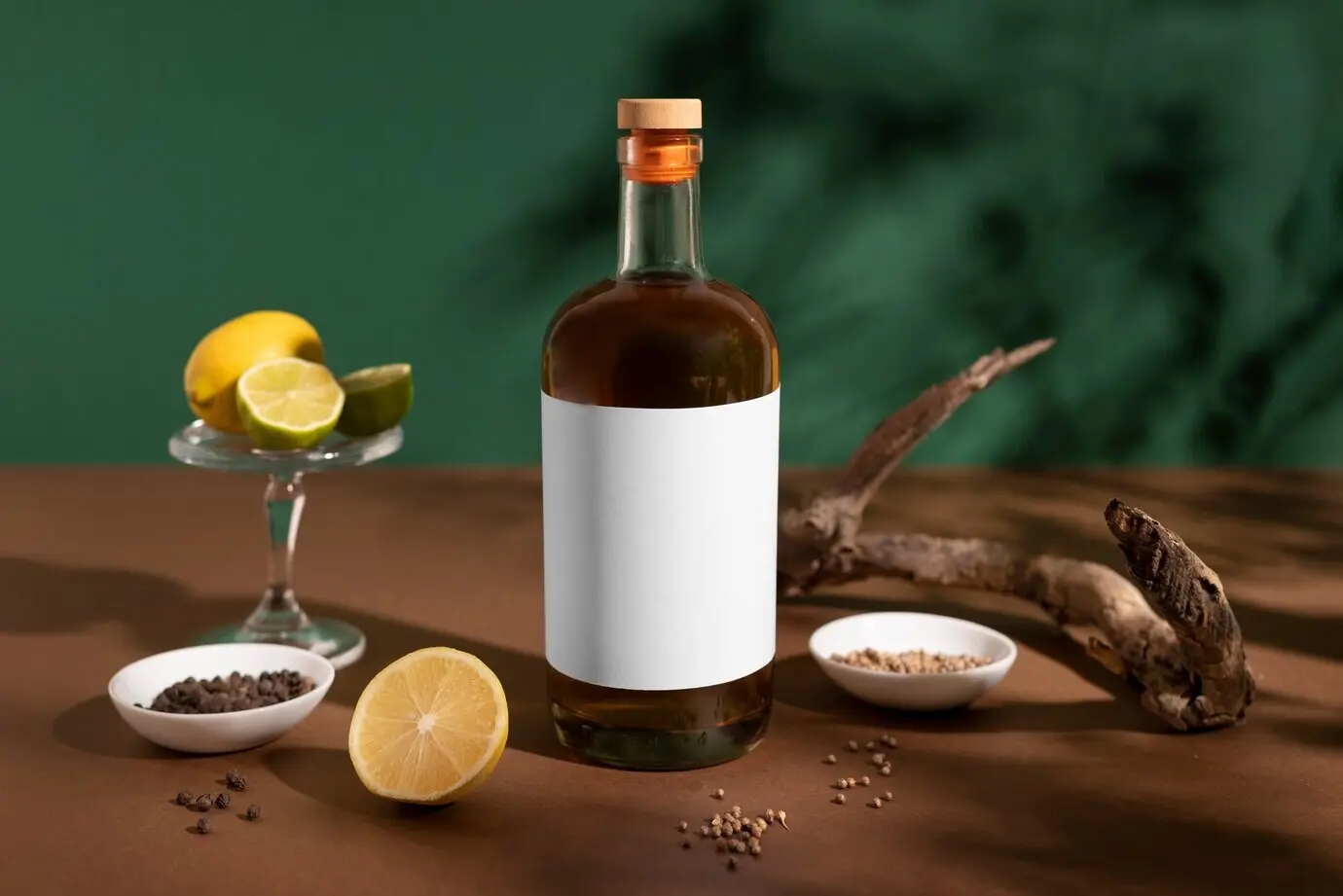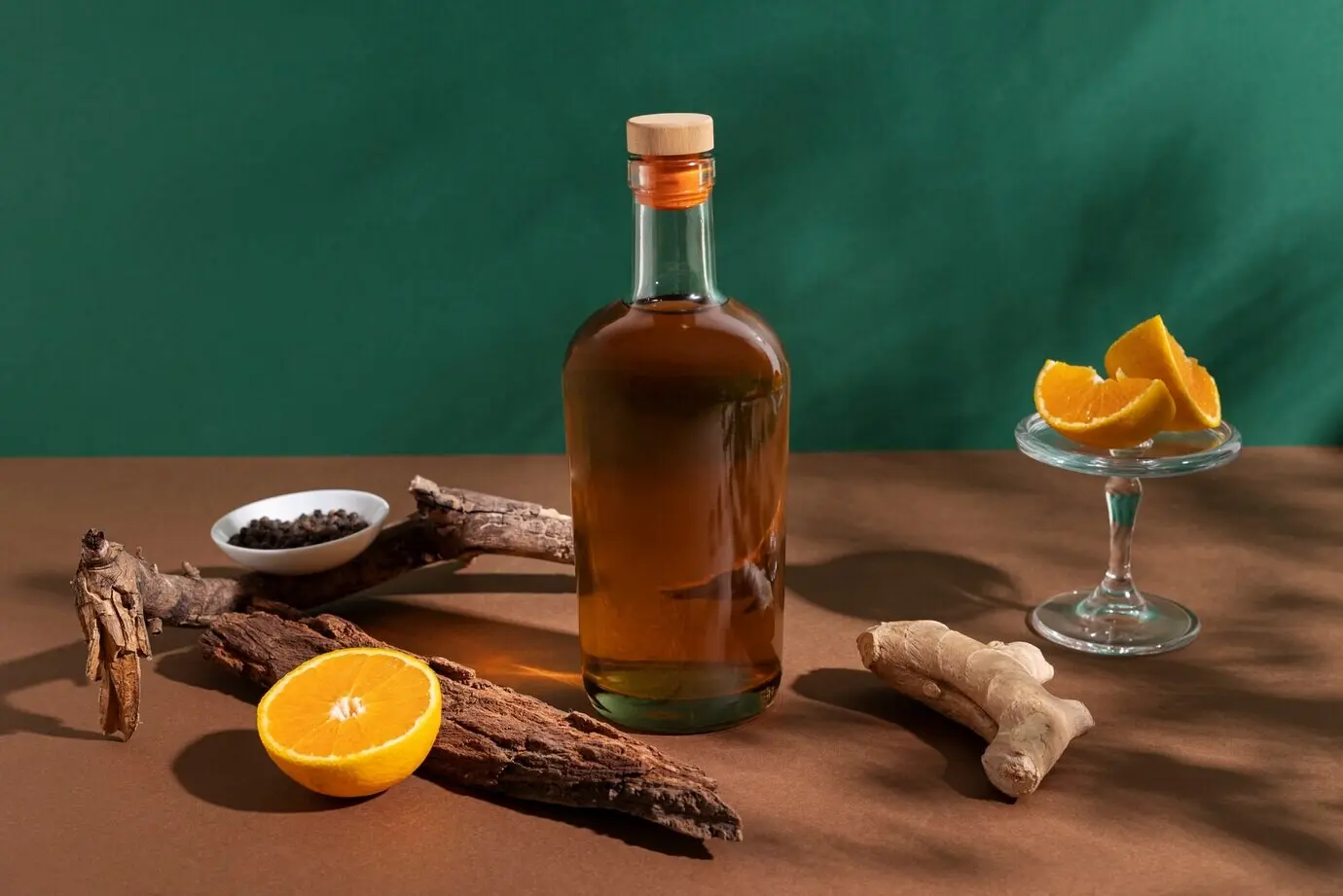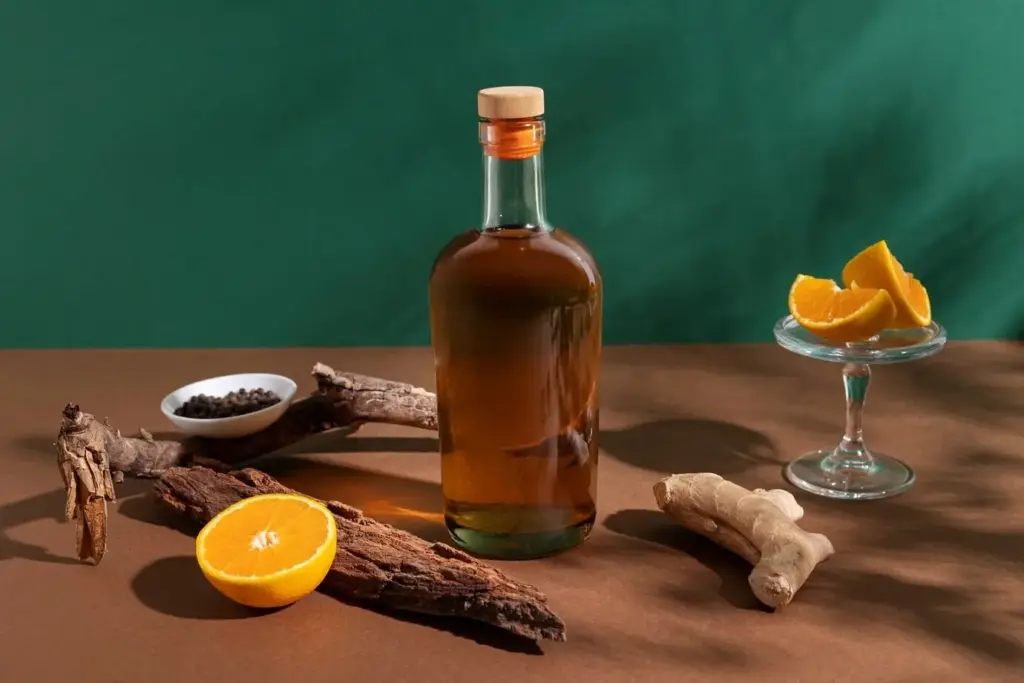Naturally Beautiful Homes: The Power of Sustainable Fabrics
Today we dive into sustainable textiles and fabrics for home decor, translating eco-smart choices into tactile comfort and lasting style. Discover how fibers, dyes, and craftsmanship shape healthier rooms, lighter footprints, and timeless spaces you’ll love to live in and share, with practical steps that make daily living simpler, safer, and more inspiring without sacrificing beauty, performance, or personality.


Materials That Matter: From Field and Forest to Sofa
Choosing what touches your skin and fills your rooms begins with fiber origin, cultivation, and processing that respect land, water, and workers. Explore linen, hemp, organic and regenerative cotton, responsibly sourced wool, and modern lyocell made in closed loops. Each offers distinct hand-feel, breathability, and durability, aging gracefully while avoiding hidden toxins. Real homes benefit when materials clean easily, resist everyday wear, and bring a calming honesty to cushions, curtains, and cherished gathering spots.





Certifications Decoded for Safer Choices
Labels can be confusing, but the right certifications translate to healthier rooms and more trustworthy supply chains. Look beyond buzzwords to meaningful standards that address farming, chemistry, labor rights, and forest stewardship. A few logos cannot solve everything, yet they offer verifiable proof that a brand invests in better practices. When products carry complementary certifications, you gain clearer assurance about what you’re bringing home and placing close to skin, sunlight, and everyday family routines.
Weaves, Textures, and Performance in Everyday Life
Upholstery Standards: Martindale, Pilling, and Household Realities
For family sofas, look for higher Martindale or Wyzenbeek rub counts, but weigh them alongside fiber choice and weave density. Linen-hemp canvas with a robust backing can outperform a lofty polyester blend under real-life scuffs. Ask about pilling scores, seam-slippage tests, and whether the cloth is reversible for slower wear. We’ve seen 20,000+ rubs hold beautifully in calm households, while energetic homes prefer 30,000–40,000. Numbers guide; everyday habits, spot cleaning, and removable covers complete the picture.
Curtains and Light: Managing Fade While Keeping Rooms Bright
Sunlit rooms deserve honest solutions. Natural fibers breathe and move elegantly, but sunlight can fade color over time. Consider lining or interlining to shield dyes, or choose undyed or yarn-dyed neutrals that patina gracefully. In intense exposures, solution-dyed fibers can help, used sparingly to avoid microplastic burdens. We like layered approaches: airy linen sheers for daytime glow, lined drapery for privacy and insulation, and thoughtful tiebacks that reduce strain on delicate weaves near window edges.
Rugs and Throws: Tactility, Warmth, and Practical Care
Flatwoven wool rugs bring resilience and reversible longevity, while jute adds earthy grounding in low-moisture spaces. Cotton throws wash easily, and wool or alpaca blankets regulate temperature across seasons. Rotate rugs to even wear, vacuum gently with a brushless head, and spot-clean spills promptly. We revived a vintage wool kilim with careful sun-airing and a soft brush, proving quality fibers release dust and spring back when cared for thoughtfully, without chemical heavy-handedness or wasteful replacements.
Color the Conscience: Dyes, Finishes, and Beautiful Aging
Rich hues can coexist with responsible chemistry when makers choose thoughtful processes and test rigorously. Natural dye stories enchant, yet they still require careful mordanting and water stewardship. Low-impact fiber-reactive dyes can offer consistent color with fewer resources. Finishes deserve scrutiny, because some stain guards and flame treatments introduce problematic compounds. Instead, lean on fiber physics, strategic layering, and removable covers. Let color age gracefully, accepting soft fades and evolving character as signs of life well-lived.

Laundry with Intention: Cold Water, Mild Detergents, and Microfiber Filters
Cool cycles preserve fibers and color while saving energy. Choose fragrance-free, enzyme-supportive detergents and avoid softeners that coat cellulose or disrupt wool’s natural resilience. Line-drying reduces wear and relaxes creases without scorching. If synthetic textiles are in your home, fit a washing machine filter or use a bag that captures microfibers, disposing of lint in the trash, never drains. Thoughtful laundering protects waterways, extends fabric life, and keeps rooms smelling like fresh air, not chemistry.
Mend, Refresh, Rotate: Rituals That Keep Textiles Loved
Mending is a love language for the objects that serve you daily. A quick darning stitch, needle-felt fix on a wool throw, or patch on a cushion corner can prevent bigger failures. Steam to lift wrinkles, brush nap to revive hand, and rotate cushions to even pressure. We hosted a small “repair night” with neighbors and transformed frayed edges into stories, proving shared skills and simple tools can save money, materials, and a surprising amount of pride.
Seasonal Storage Done Right: Pests, Sunlight, and Breathable Protection
Always clean textiles before storage to remove food residues that attract pests. Use breathable cotton bags or acid-free tissue rather than plastic, which traps moisture. Cedar blocks and lavender sachets offer gentle deterrence while adding a pleasant scent. Keep boxes off floors to avoid dampness, and label contents for easy rotation. When warm weather returns, your wool blankets emerge fresh and ready, their fibers relaxed rather than creased, their colors preserved and spirits unmistakably renewed.
Circular Design and Sourcing with Heart
The most sustainable purchase is often the one already made—or the one designed for repair and reuse. Seek removable covers, modular cushions, and monomaterial constructions that simplify recycling. Support vintage dealers, remnant shops, and artisan cooperatives protecting heritage techniques. Ask for spare yardage when ordering upholstery to enable future repairs. Share your learnings with friends and neighbors. Sustainable textiles become a community practice when stories, skills, and swatches circulate as generously as inspiration.
